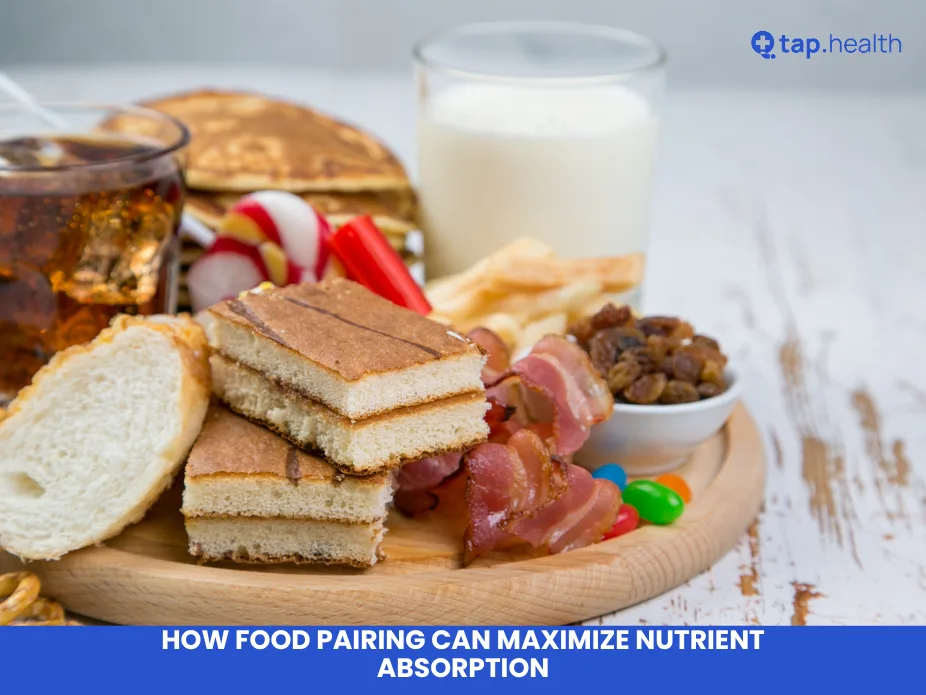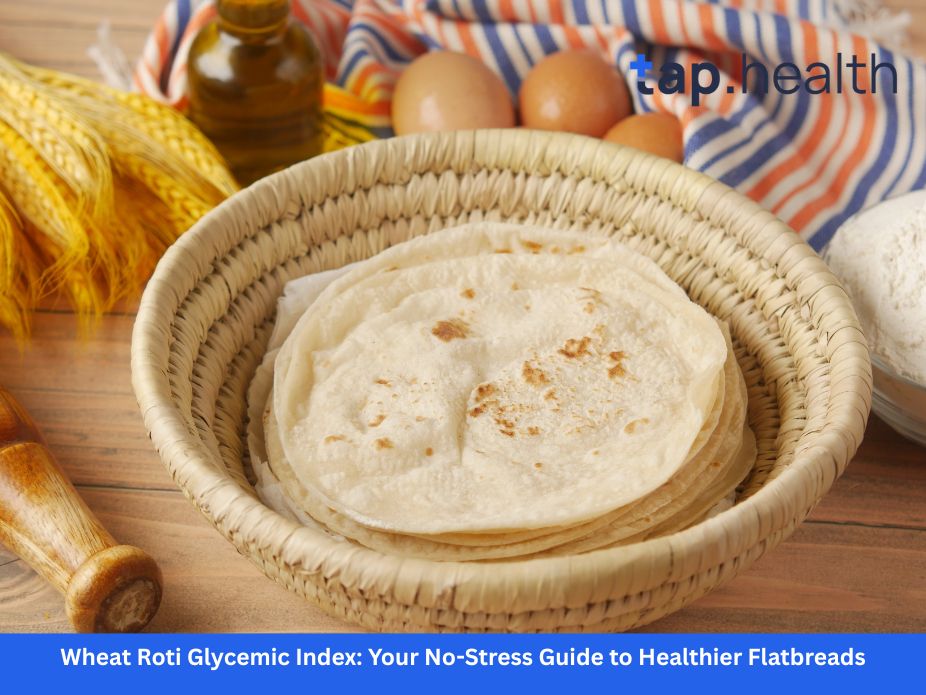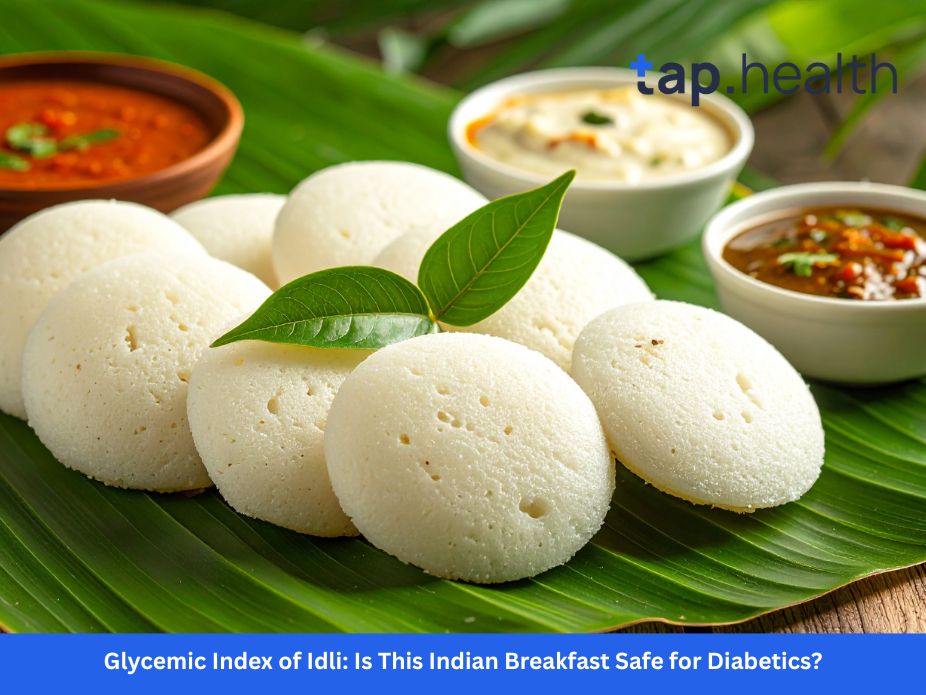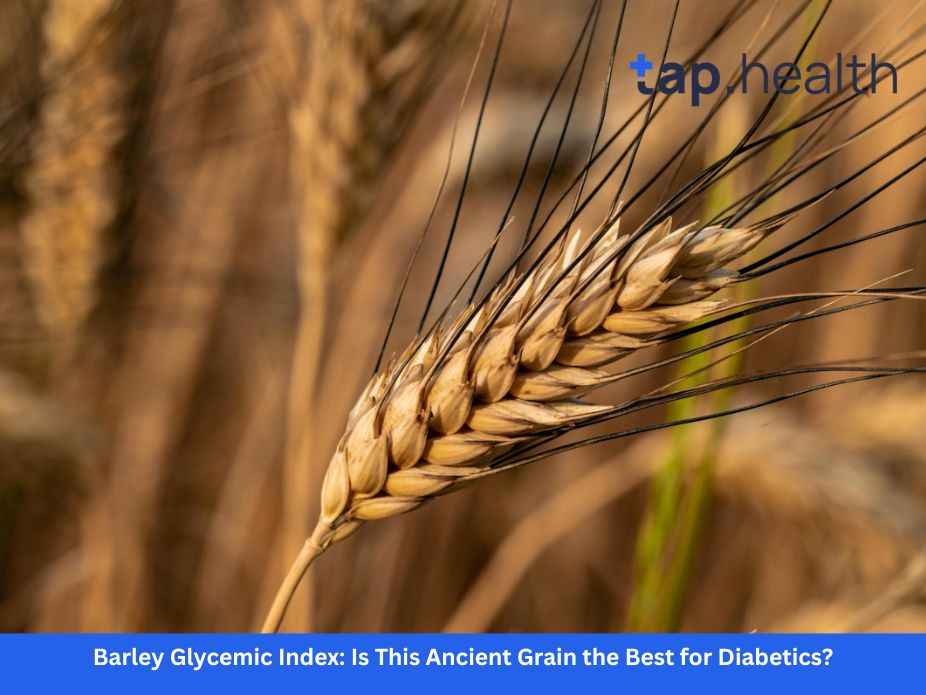You are what you eat – but more importantly, you are what your body absorbs. While you may be eating healthy, the real question is: Are you getting the full nutritional benefits from your meals? The truth is, nutrient absorption can vary greatly depending on how different foods interact in your digestive system. That’s where food pairing comes into play.
Food pairing isn’t just about taste – it’s a strategy to optimize the way your body absorbs the nutrients from the foods you eat. By combining certain foods in specific ways, you can help maximize nutrient absorption and boost your overall health. In this post, we’ll explore the science behind food pairing, how to make the most of it, and some practical examples for your everyday meals.
What Is Food Pairing?
Food pairing refers to combining certain foods in a way that enhances the absorption of nutrients or provides complementary benefits to your health. Essentially, it’s about pairing foods that work well together in terms of digestion, nutrient absorption, and overall health benefits.
For example, certain foods can increase the absorption of fat-soluble vitamins like vitamin A, D, E, and K, while others can help the body better absorb minerals like iron or calcium. By understanding how these foods interact, you can create meals that are not only delicious but also nutritionally balanced.
The Science Behind Food Pairing
1. The Role of Fat in Nutrient Absorption
Many essential vitamins, including vitamins A, D, E, and K, are fat-soluble. This means that in order for your body to absorb them effectively, fat needs to be present in your meal. For instance, eating a salad packed with vitamin-rich leafy greens like spinach or kale is great, but if you don’t pair it with a healthy fat like olive oil or avocado, you may not be absorbing all of the nutrients.
2. Iron Absorption: The Power of Vitamin C
When it comes to iron, food pairing is crucial. There are two types of iron: heme iron (found in animal products like meat) and non-heme iron (found in plant-based foods like beans and spinach). Non-heme iron, in particular, is more difficult for the body to absorb. However, pairing it with vitamin C can significantly enhance its absorption. For example, if you eat spinach (rich in non-heme iron) with a side of citrus fruit or bell peppers (both high in vitamin C), your body will absorb the iron much more efficiently.
3. Combining Proteins and Carbs for Better Digestion
Proteins and carbohydrates often need different digestive environments. Proteins require an acidic environment to break down, while carbohydrates are best digested in a more alkaline environment. Eating them separately can optimize digestion and nutrient absorption. However, in many cultures, combining both is the norm (like rice and beans). This combination provides a complete source of protein and offers all essential amino acids, making it a great nutrient-dense meal.
4. Pairing Fiber-Rich Foods with Hydration
Fiber is essential for digestive health and helps regulate bowel movements. However, fiber requires water to work effectively in the body. If you eat fiber-rich foods (like fruits, vegetables, or whole grains) without adequate hydration, you may experience bloating or constipation. It’s important to drink plenty of water when eating high-fiber meals for optimal digestion and absorption.
Real-Life Scenarios of Food Pairing for Maximum Nutrient Absorption
Scenario 1: Maximizing Iron Absorption
Sarah, a vegetarian, struggles with iron deficiency. Her diet includes a lot of spinach, beans, and lentils, all of which are rich in iron. However, she often experiences fatigue and low energy levels. After learning about the importance of food pairing, she starts adding vitamin C-rich foods to her meals. She begins pairing her spinach salad with bell peppers, citrus fruits, and tomatoes. Over time, she notices an improvement in her energy levels, as her body is now absorbing the non-heme iron more effectively.
Scenario 2: Enhancing Fat-Soluble Vitamin Absorption
John has recently started eating more salads for their health benefits. He loads his plate with dark leafy greens like kale and spinach, but he notices that he’s not feeling as energized as he expected. After reading about food pairing, John starts adding a tablespoon of olive oil to his salads and some avocado on the side. A few weeks later, he feels more energetic, and his skin looks healthier, as he is now properly absorbing the fat-soluble vitamins in his greens.
Key Food Pairing Strategies for Maximizing Nutrient Absorption
1. Pair Fat with Fat-Soluble Vitamins
As mentioned earlier, vitamins A, D, E, and K require fat for proper absorption. When preparing meals that are rich in these vitamins, ensure that you include healthy fats. Here are some great combinations:
- Spinach (vitamin A, E, K) + Olive oil (healthy fat)
- Carrots (vitamin A) + Avocado (healthy fat)
- Tomatoes (vitamin A, C) + Olive oil or Cheese (fat)
2. Combine Iron with Vitamin C
For better iron absorption, always pair iron-rich foods (like leafy greens, legumes, and fortified cereals) with vitamin C-rich foods (like citrus fruits, bell peppers, and tomatoes). Some great combinations include:
- Spinach (iron) + Strawberries (vitamin C)
- Lentils (iron) + Bell peppers (vitamin C)
- Tofu (iron) + Oranges (vitamin C)
3. Pair Probiotics with Prebiotics
Probiotics are beneficial bacteria that support gut health, and prebiotics are foods that feed these healthy bacteria. Eating these together can enhance digestion and improve gut health. Some examples:
- Yogurt (probiotics) + Bananas (prebiotics)
- Kimchi (probiotics) + Garlic (prebiotics)
- Sauerkraut (probiotics) + Onions (prebiotics)
4. Eat Carbohydrates with Protein for Sustained Energy
Combining complex carbs with protein helps maintain steady blood sugar levels and provide lasting energy. Here are some great pairings:
- Quinoa (carb) + Chicken (protein)
- Sweet potatoes (carb) + Black beans (protein)
- Whole wheat bread (carb) + Peanut butter (protein)
5. Pair Fiber with Hydration
Fiber needs water to function properly in your digestive system. Ensure you’re drinking plenty of water when eating high-fiber meals to prevent constipation and promote smooth digestion. Some good fiber and hydration pairings include:
- Oats (fiber) + Water or milk (hydration)
- Chia seeds (fiber) + Smoothie or water (hydration)
- Apples (fiber) + Water (hydration)
Also read this : Is 35 mg/dL Blood Sugar Level Normal? Causes, Risks, and Management
Expert Contributions on Food Pairing
Dr. Linda Brooks, a nutrition expert at the Academy of Nutrition and Dietetics, explains: “Food pairing is more than just a culinary strategy – it’s about creating meals that support your body’s natural ability to absorb essential nutrients. When foods are combined correctly, you can amplify their health benefits and ensure that your body is getting the most out of every bite.”
Source: Dr. Linda Brooks, Nutrition Expert, Academy of Nutrition and Dietetics
Frequently Asked Questions (FAQ) on How Food Pairing Can Maximize Nutrient Absorption
1. Can food pairing really make a difference in my health?
Yes, food pairing can help maximize the absorption of nutrients, making it easier for your body to get the most out of the foods you eat. By combining specific foods, you can optimize your nutrient intake and improve your overall health.
2. Do I need to worry about food pairing with every meal?
While food pairing can significantly enhance nutrient absorption, it’s not necessary to pair every single food you eat. However, incorporating these strategies into key meals, especially those rich in fat-soluble vitamins or iron, can make a big difference.
3. Are there any foods that should never be paired together?
There aren’t many foods that should be strictly avoided together, but some people may find that combining certain foods, like high-protein meals with excessive carbohydrates, may cause digestive discomfort. It’s important to listen to your body and eat in a way that feels good for you.
References:
- Healthline. “How to Boost Iron Absorption with Vitamin C.” Healthline
- Mayo Clinic. “Pairing Foods to Maximize Nutrient Absorption.” Mayo Clinic
- Academy of Nutrition and Dietetics. “Food Pairing for Optimal Nutrition.” Eat Right



